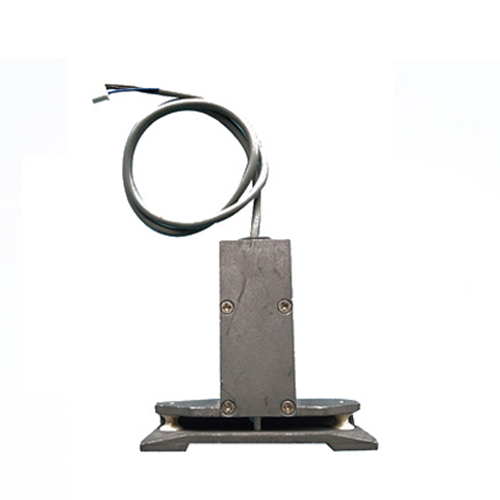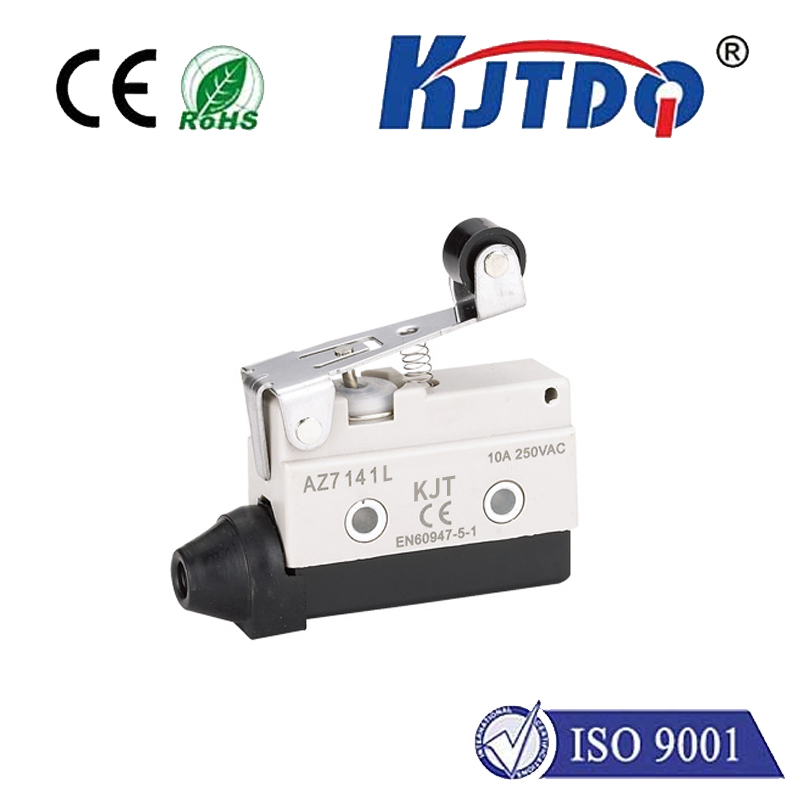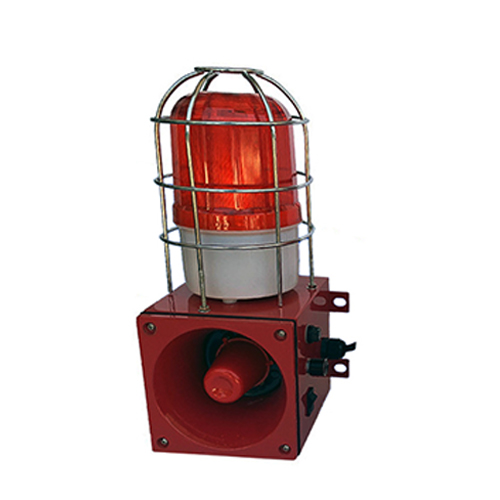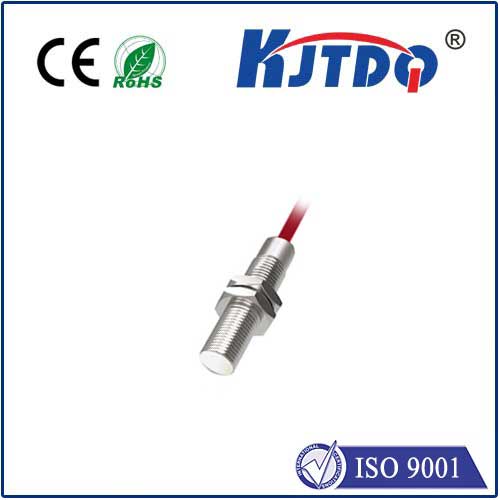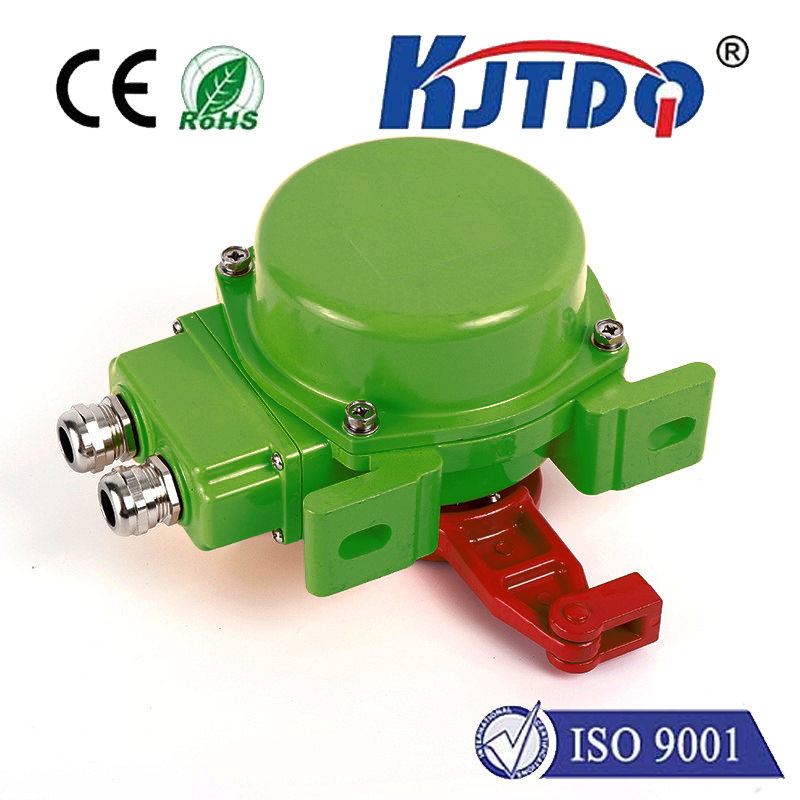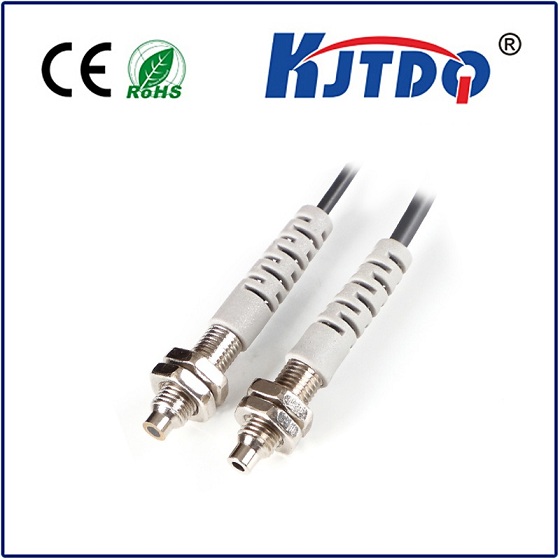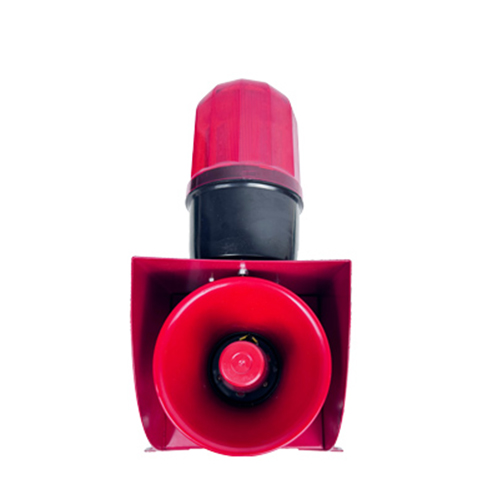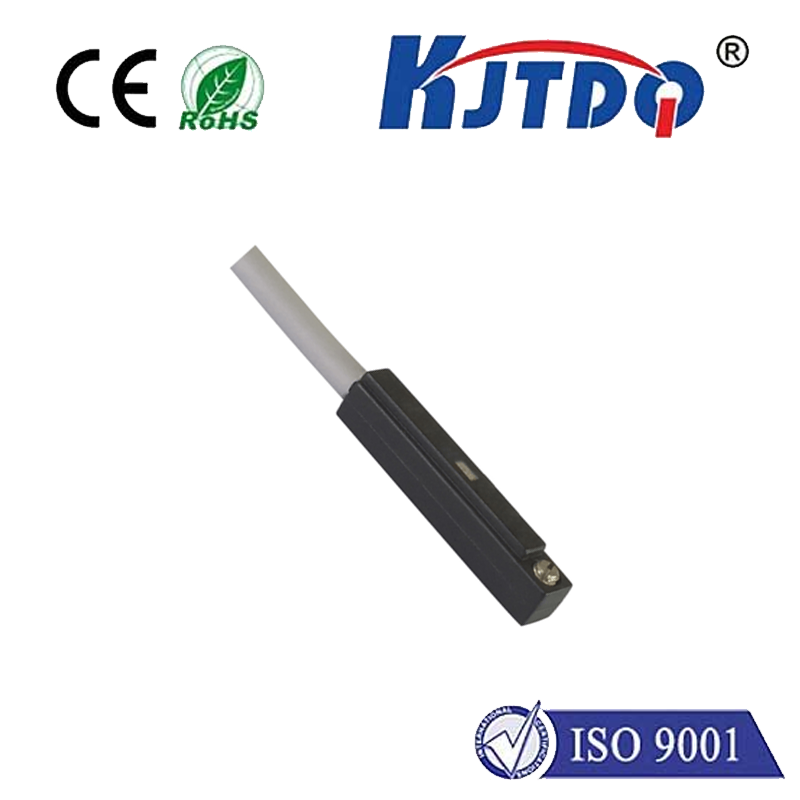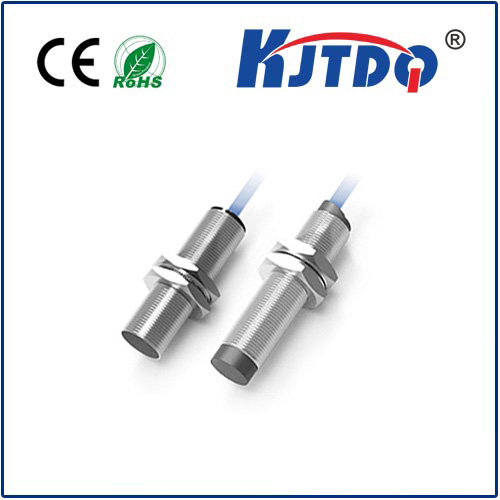

check

check

check

check
Ever wondered how automatic doors magically open as you approach, or how complex assembly lines detect the tiniest components with speed and precision? Often, the unsung hero enabling these marvels of automation is the photoelectric sensor, specifically configured as an optical switch. This technology, central to photoelectric light control, offers a reliable, non-contact solution for presence detection, positioning, and object counting across countless industries. Understanding how these sensors leverage light for control unlocks the potential of modern automation and smart systems.
At the Heart: The Photoelectric Principle
The fundamental operation hinges on a simple yet powerful interaction: light and matter. A photoelectric sensor functions as an optical switch by employing two core components: a light emitter (typically an LED generating infrared, visible red, or laser light) and a light receiver (a photodiode or phototransistor). The sensor’s logic constantly analyzes the light signal received. An optical switch triggers a change in its output state (e.g., ON to OFF, or OFF to ON) based on whether the receiver “sees” the emitted light beam.
The Three Pillars of Optical Switching
Photoelectric sensors achieve light control through three primary operating modes, each suited to different detection challenges:

Through-Beam (Opposed Mode): This is the most robust method. The emitter and receiver are housed in separate units, positioned directly opposite each other. The emitted light travels across the detection zone to the receiver. An object entering this zone interrupts the beam, causing the receiver to lose the signal. This loss triggers the optical switch action. Key advantages include long sensing ranges and high immunity to object surface characteristics (color, finish, material). They are ideal for precise registration or detecting translucent objects.
Reflective (Retroreflective Mode): Here, both emitter and receiver are housed in a single unit. The sensor emits light towards a specially designed reflector (corner-cube reflector) placed opposite. The reflector bounces the light beam directly back to the receiver within the same unit. An object entering the detection zone blocks the reflected light path, causing the switch to actuate. This mode simplifies installation as only one sensor unit and a reflector are needed, offering a good balance of range and reliability for general presence detection.
Diffuse (Proximity Mode): Also using a single housing unit for emitter and receiver, the diffuse mode relies on the target object itself to reflect light. The sensor emits light, which scatters in various directions upon hitting an object. Some portion of this diffused light reflects back towards the receiver. Detection occurs when sufficient diffused light intensity returns to the receiver, exceeding a preset threshold and causing the optical switch to change state. This mode is highly versatile as it doesn’t require a separate reflector, but sensing range and performance can be influenced by the object’s color, surface texture, and reflectivity.
Why Photoelectric Light Control Reigns Supreme
Compared to traditional mechanical switches or other sensing technologies, optical switch sensors offer compelling advantages driving their widespread adoption in photoelectric light control systems:
Illuminating Real-World Applications
The applications of optical switch sensors in photoelectric light control are incredibly diverse:
Key Considerations for Implementation
Selecting and deploying the optimal optical switch sensor requires attention to several factors:
The Clear Choice for Modern Control
Photoelectric light control, implemented through sophisticated optical switch sensors, provides an elegant, reliable, and efficient solution for countless detection challenges. By harnessing the fundamental interaction of light and matter, these sensors enable the automation and smart functionalities we often take for granted. Whether ensuring the smooth operation of a high-speed bottling plant, triggering the opening of a supermarket door, or verifying the position of a critical component, the photoelectric sensor, acting as its fundamental optical switch role, is a cornerstone technology illuminating the path towards smarter, more responsive systems across the globe.
